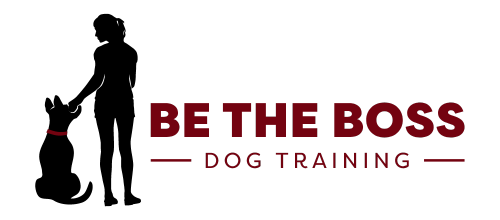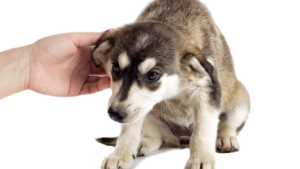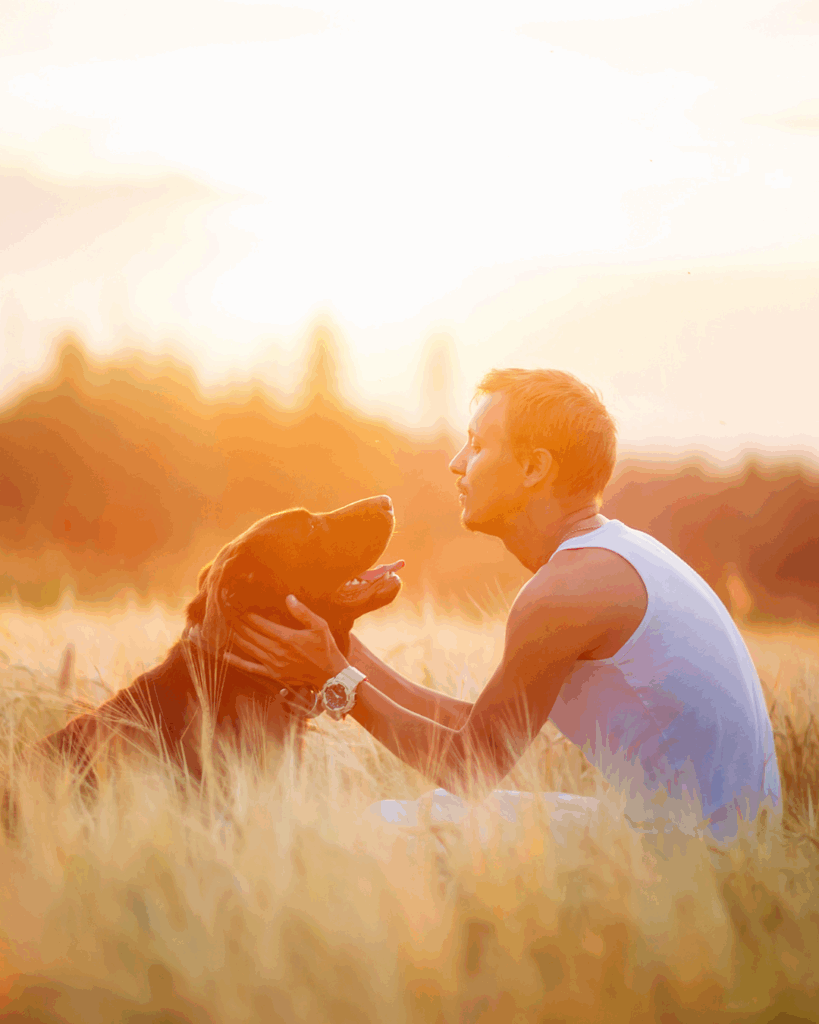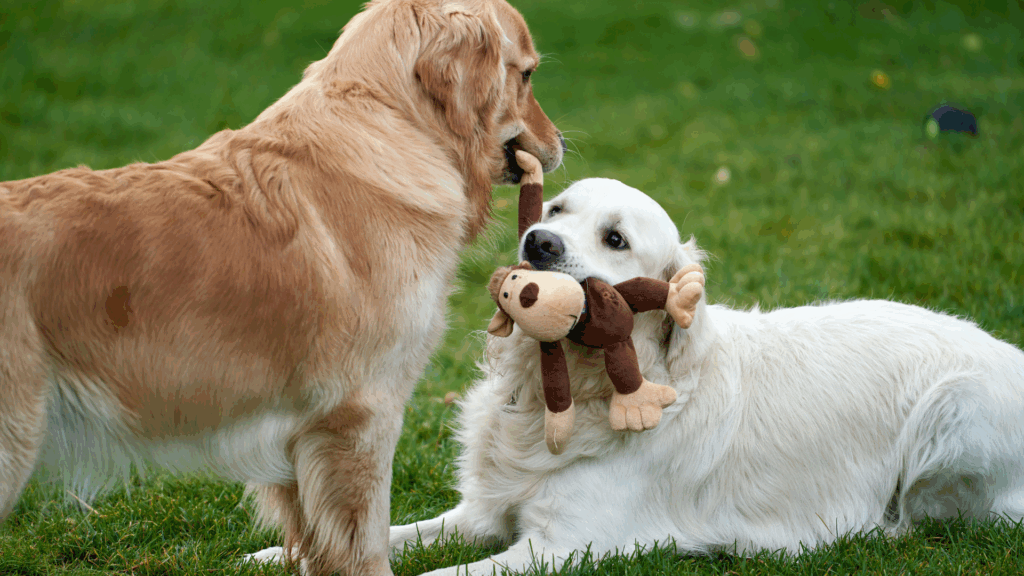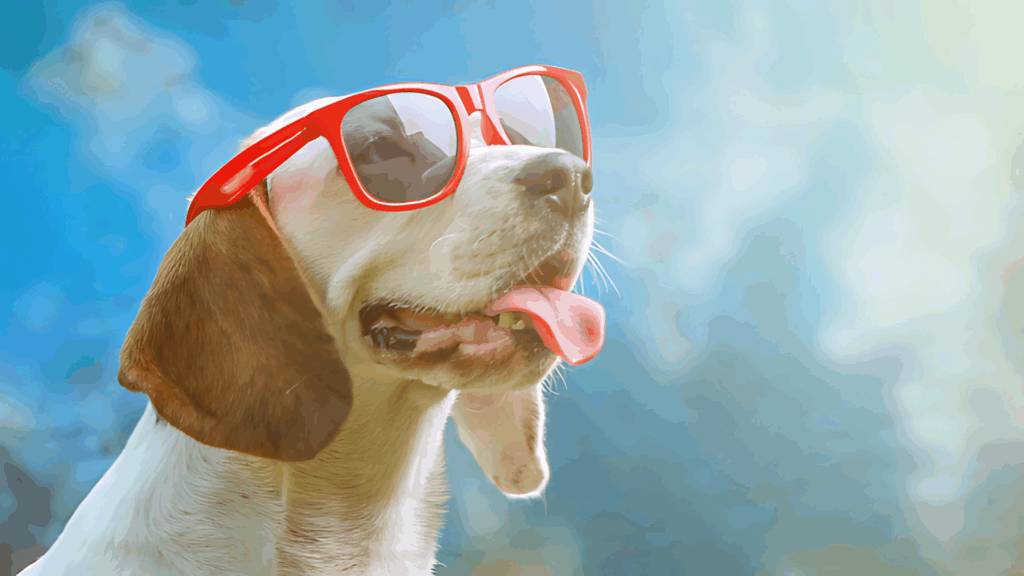You’ve probably seen it before—your dog cowering behind you, barking uncontrollably, or even growling at a stranger who simply walked into the room. Maybe it embarrasses you. Maybe it frustrates you. Or maybe, deep down, it worries you, because you know fear in dogs doesn’t just disappear. It festers. It builds. And left unchecked, it can turn into something much worse.
So, what’s really going on here? Why does your dog fear strangers, and more importantly, what can you do about it?

The Psychology of Fear in Dogs
Fear is a survival instinct. It keeps animals alive in the wild, alerting them to danger. But in a domesticated dog, that same instinct can become a liability when it’s overactive or misplaced. Dogs, like humans, learn fear through experience, association, and genetics. And if you think babying a fearful dog will fix it, think again.
A dog who fears strangers isn’t necessarily a ‘bad’ dog, but they are a dog who lacks trust in their environment. That lack of trust doesn’t just magically fix itself with time. It either worsens or is corrected through intentional training and leadership.

Common Reasons Your Dog Fears Strangers
- Lack of Early Socialization – The most common culprit. If your dog wasn’t exposed to different people, ages, body types, and movements during their critical developmental period (between 3-16 weeks old), they didn’t learn that humans are just a normal part of life. Instead, they learned that new people are unknown—and the unknown is scary.
- Negative Past Experiences – Dogs don’t forget. If a stranger handled your dog roughly, invaded their space too aggressively, or gave them a reason to feel unsafe, your dog now associates strangers with danger. And this isn’t just about abuse—something as simple as a vet visit gone wrong or a loud, unpredictable guest can leave a lasting impact.
- Genetics and Temperament – Some dogs are naturally more cautious than others. Protective breeds, independent breeds, or even just certain bloodlines can be predisposed to wariness. While training can absolutely improve confidence, ignoring temperament and assuming ‘love’ alone will fix the issue is wishful thinking.
- Owner Reinforcement of Fear – Here’s the hard truth: many dog owners make their dog’s fear worse. When a dog reacts fearfully to a stranger and the owner responds by coddling, soothing, or removing the dog from the situation too quickly, they confirm to the dog that fear was the right response. The message you send is clear: “Yes, that person was scary. You were right to be afraid.”
- Lack of Leadership – Dogs don’t just need love—they need leadership. A fearful dog that doesn’t trust their owner to handle new situations will default to their own instincts, which often means retreating or reacting aggressively. If your dog doesn’t look to you for guidance in uncertain moments, you don’t have a stranger problem—you have a leadership problem.

How to Fix It (Without Making It Worse)
1. Stop Coddling, Start Leading
Your dog needs to see that you are calm and in control. That means no baby talk, no picking them up, and no treating every new encounter like an emotional event. Instead, project confidence and expect them to follow your lead.
2. Controlled Exposure, Not Flooding
Throwing your dog into the deep end (“He’ll get over it”) is just as damaging as avoiding strangers completely. Instead, work on structured introductions where your dog is near strangers but not forced to engage. Let them watch. Let them process. Reward calm behavior, not fear.
3. Teach a Place Command
One of the best ways to reset a fearful dog’s mindset is to give them a job. When a stranger enters, direct your dog to their ‘place’ (a designated mat or bed) and reward them for staying put. This shifts their focus from fear to following instructions.
4. Leash Respect and Handling
If your dog is on a leash, they should not be dictating the encounter. That means no hiding behind you, no lunging, no pulling away. Stand firm, stay neutral, and expect them to hold their position. If they panic, redirect their focus to movement—walk a few steps, change direction, keep their brain engaged.
5. Strangers Should Ignore Your Dog
Well-meaning guests often make fearful dogs worse by trying too hard. Teach visitors to ignore your dog. No eye contact, no direct approach. Let the dog come to them in their own time. Confidence grows when a dog learns new people aren’t a threat—and that starts with space and neutrality.

Final Thoughts: Fix the Root, Not Just the Symptoms
Fear of strangers is not a phase. It’s not a quirk to ‘accept.’ It’s a symptom of a deeper issue—lack of trust, lack of socialization, or lack of leadership. And while it’s easy to feel sorry for a fearful dog, sympathy alone won’t fix the problem.
If you truly love your dog, you’ll give them what they need—not just what feels good in the moment. And what they need is structure, exposure, and a leader who shows them that the world isn’t as scary as they think it is.
For more free dog training content, click here. Need help with your dog’s fear of strangers? Click here to email us and get expert advice today!
